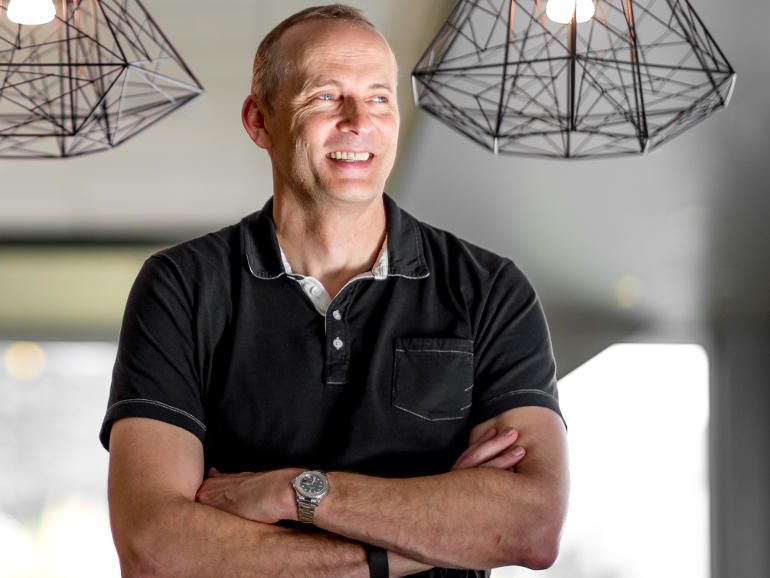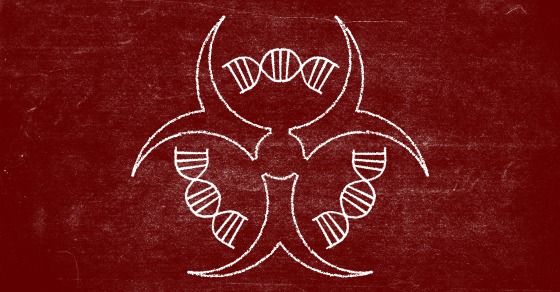Page 11011
Nov 22, 2016
Microsoft’s next big bet? Clue: it’s just hired four top quantum computing scientists
Posted by Karen Hurst in categories: computing, quantum physics
We told them glad they listen.
Microsoft says it’s doubling down on quantum computing after nabbing four top scientists who will work with a Microsoft hardware veteran to turn research into reality.
Nov 22, 2016
Fire up the atom forge
Posted by Karen Hurst in categories: particle physics, quantum physics
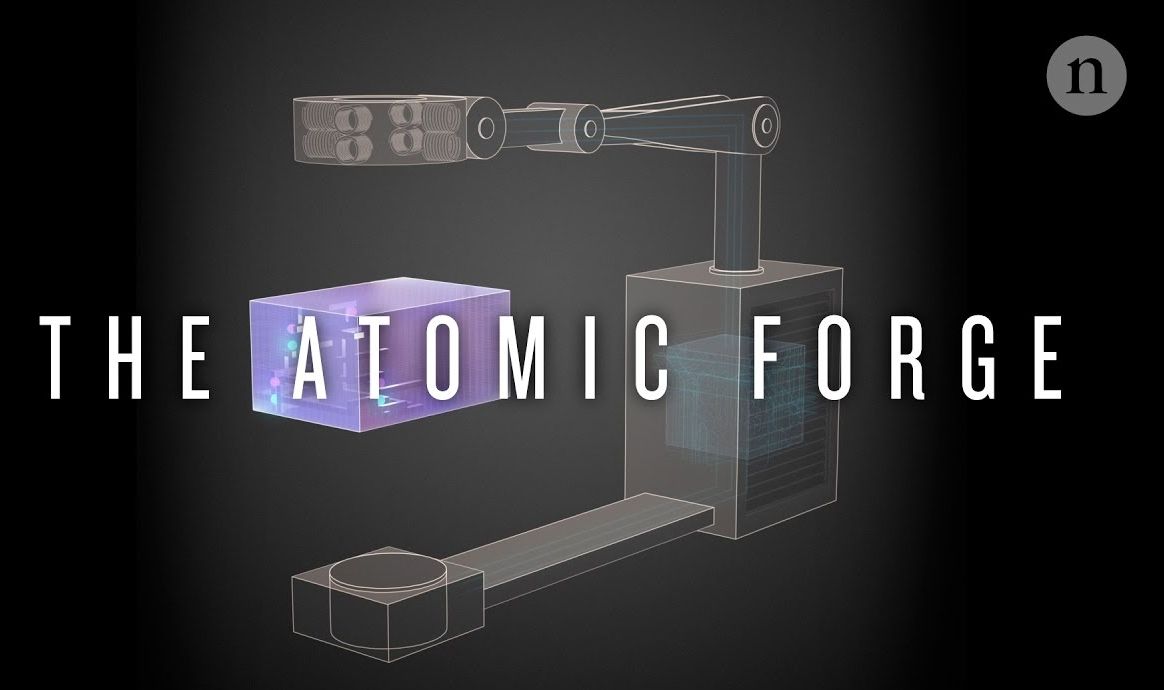
There is much to be learned from this process for other areas of technology.
Rethink electron microscopy to build quantum materials from scratch, urge Sergei V. Kalinin, Albina Borisevich and Stephen Jesse.
Nov 22, 2016
New Quantum States For Better Quantum Storage
Posted by Karen Hurst in categories: computing, particle physics, quantum physics
Quantum and Crystalize formations for data storage.
How can you store quantum information as long as possible? A team from the Vienna University of Technology is making an important step forward in the development of quantum storage.
The memory that we use today for our computers differs only between 0 and 1. However, quantum physics also allows arbitrary superimpositions of states. On this principle, the “superposition principle”, ideas for new quantum technologies are based. A key problem, however, is that such quantum-physical overlays are very short-lived. Only a tiny amount of time you can read the information from a quantum memory reliably, then it is irretrievably lost.
Continue reading “New Quantum States For Better Quantum Storage” »
Nov 22, 2016
China Launches World’s Longest Quantum Communication Line
Posted by Karen Hurst in categories: finance, quantum physics, security
In 5 years if you’re looking at QC in your future state roadmap; then welcome to the dinosaur age of technology.
BEIJING: China today launched a 712-km quantum communication line, stated to be the worlds longest secure telecommunications network, which boasts of ultra-high security making it impossible to wiretap, intercept or crack the information transmitted through them.
The new quantum communication line links Hefei, capital of Anhui province, to Shanghai, the countrys financial hub.
Continue reading “China Launches World’s Longest Quantum Communication Line” »
Nov 22, 2016
New Method Could Make Quantum Computers a Reality Sooner Than We Thought
Posted by Karen Hurst in categories: computing, quantum physics
/futurism.com/new-method-could-make-quantum-computers-a-reality-sooner-than-we-thought/
In Brief
- Researchers have created quantum dot light-emitting diodes (LEDs) that can produce entangled photons, which could be used to encode information in quantum computing.
- As of June, the record for the most photons entangled at a time was 10. Before that, the record was eight and that could only be produced at a rate of around nine events per hour.
Researchers from the Tyndall National Institute have devised a method that would make entangling photons easier, and accelerate our journey towards the quantum computing age.
Continue reading “New Method Could Make Quantum Computers a Reality Sooner Than We Thought” »
Nov 22, 2016
A synthetic biological metabolic pathway fixes CO2 more efficiently than plants
Posted by Karen Hurst in categories: biological, climatology, food, sustainability
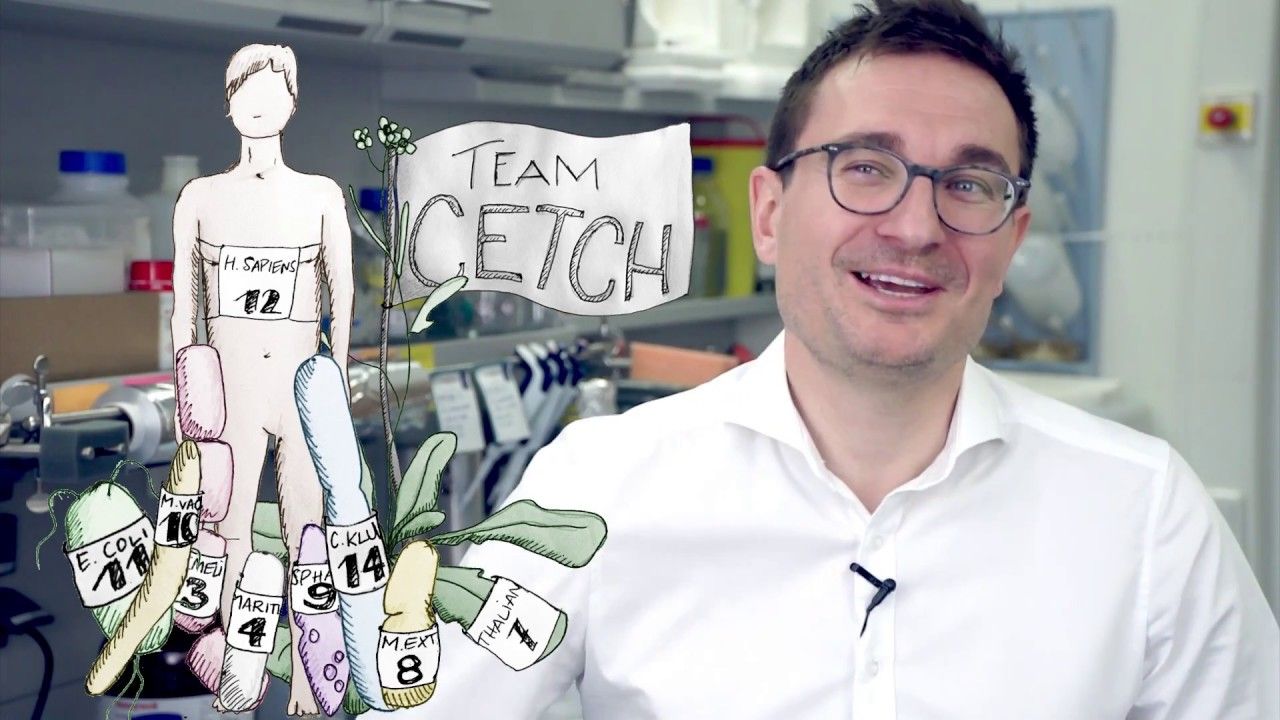
In future, greenhouse gas carbon dioxide could be removed from the atmosphere by deploying a new biological method. A team headed by Tobias Erb, Leader of a Research Group at the Max Planck Institute for Terrestrial Microbiology in Marburg, has developed a synthetic but completely biological metabolic pathway based on the model of photosynthesis that fixes carbon dioxide from the atmosphere 20% more efficiently that plants can photosynthetically. The researchers initially planned the new system, which they presented in the magazine Science this week, on the drawing board and then turned it into reality in the laboratory.
Climate change is one of the most pressing challenges of our time. The concentration of carbon dioxide (CO2) in the atmosphere owing to human activities has continually risen since the start of the Industrial Revolution. All scientific evidence indicates that this increase is exacerbating the greenhouse effect and changing the climate. The consequences are already clearly evident. To overcome the environmental as well as the social challenge of climate change, “we must find new ways of sustainably removing excessive CO2 from the atmosphere and turning it into something useful,” underlined Erb, who leads a Junior Research Group at the Max Planck Institute in Marburg.
Continue reading “A synthetic biological metabolic pathway fixes CO2 more efficiently than plants” »
Nov 22, 2016
Researchers Just Solved One of the Biggest Problems in Synthetic Biology
Posted by Karen Hurst in categories: bioengineering, biological, genetics
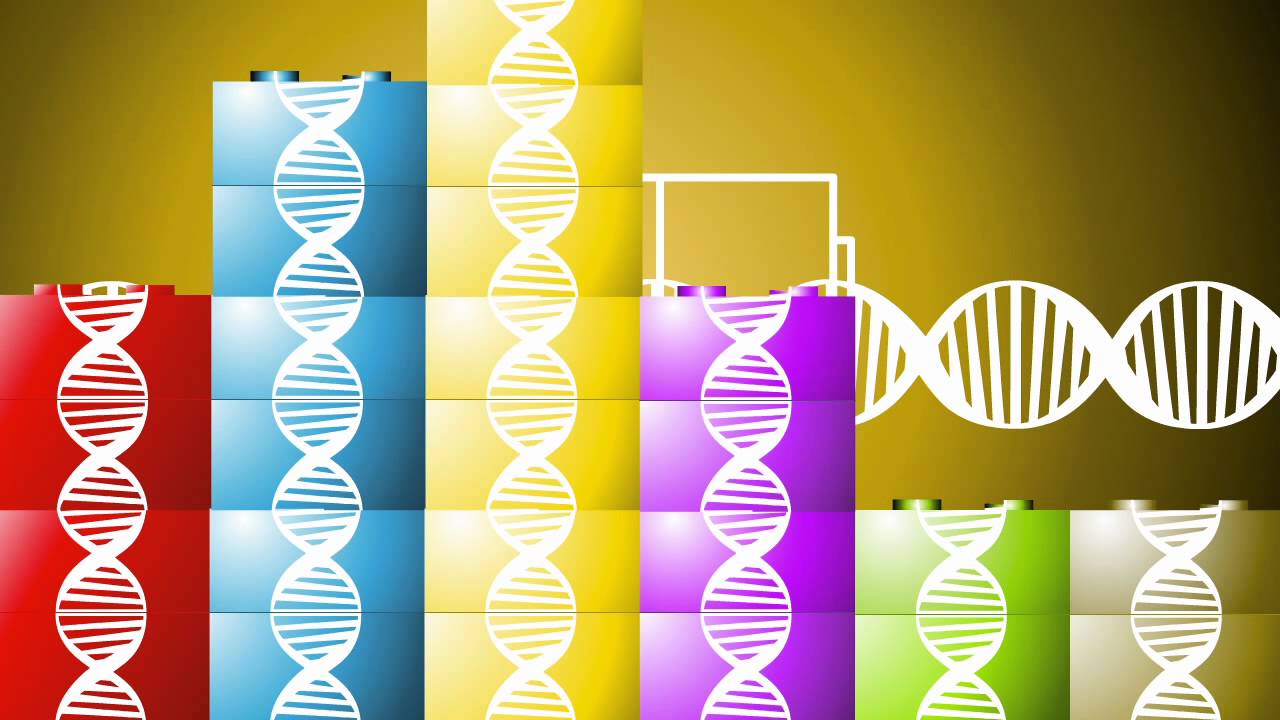
In Brief
- Researchers have discovered that placing synthetic genetic circuits in liposomes prevents them from interfering with one another, while still allowing them to communicate.
- Not only could this new form of “modular” genetic circuits lead to more complex engineered circuits, it could also provide insight as to how the earliest life on Earth formed.
By applying engineering principles to biology, researchers can create biological systems that don’t exist naturally. A problem of synthetic biology, however, is that these engineered genetic circuits can interfere with each other. While beneficial on their own, some of these man-made circuits become useless when they come in contact with each other, and this bars them from being used to solve complex biological problems.
Continue reading “Researchers Just Solved One of the Biggest Problems in Synthetic Biology” »
Nov 22, 2016
Researchers send text messages using everyday chemicals, eye medical applications
Posted by Karen Hurst in category: biotech/medical

Researchers at Stanford University have demonstrated that it’s possible to send text messages using nothing more than an Arduino and household chemicals.
Nov 22, 2016
America Is Unprepared for The Bioterror Threat Of Gene Editing
Posted by Karen Hurst in categories: bioengineering, biotech/medical
An Obama advisory group warns that advances in gene engineering have outpaced our ability to contain them.

